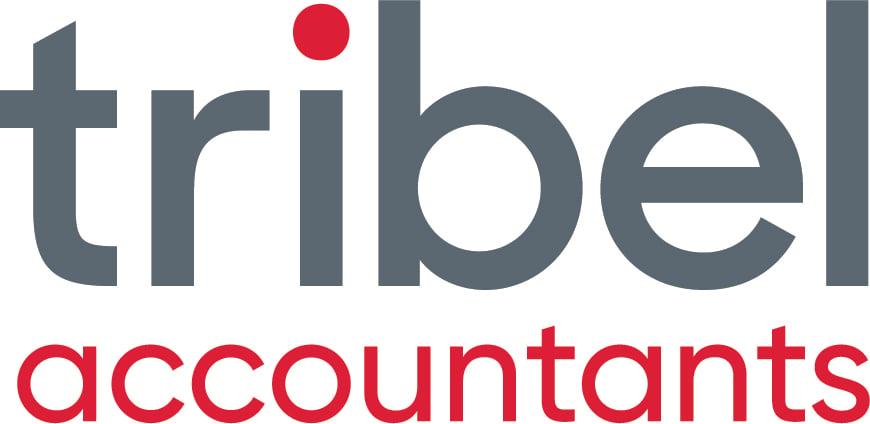INTRODUCTION:
Every small business owner has their own special way of reviewing their figures. Most of the really successful ones review them formally at least once a month.
So if you were to sit down and really analyse how your business has performed, what sort of format would help you understand whether you are on track or not? What are some of the things that your small business accountant would recommend that you look at?

Figure 1: Did your business deserve a pennant last month when you reviewed the numbers?
1. how to read a balance sheet
Do you go to your accountant each year and out comes the big book with a report called a balance sheet? What the hell does it really mean?
Try and remember it's really just meant to show you what you actually own and what you actually owe at any one point in time. It really doesn't have much to do with profitability.
Current Assets
These are the assets that are reasonably liquid that can be turned to cash over the next month or so if they are not already. This section will usually have:
- Cash at bank;
- Debtors (customers that owe you money);
- Inventory (stock you have not sold yet).
Current Liabilities
These are things you will have to pay out over the next month or so (although loans or equipment finance payments payable over the next 12 months can also be shown here). This section will usually have:
- Trade creditors (suppliers that you owe money to);
- GST and PAYG;
- Superannuation.
Please note that if you have an overdraft, it will usually be shown here although it won't necessarily have to be paid off soon.
Working Capital Position
As a bare minimum, your current assets total should be equal or greater to your current liabilities. This is called your net working capital position. If you have stock in your current assets, a healthy ratio is usually a minimum of 1.5 current assets to 1 current liabilities.
Quick Ratio or Acid Test Position
This test also involves current assets and current liabilities but is a measure of your liquidity. Pretty much it is the same as the Working Capital formula except you ignore any stock you might have in this test. A healthy acid test ratio is usually a minimum of 1:1.
These tests are the first thing I look at when assessing a balance sheet. You need to know whether you have enough to cover short term liabilities or if not, is there a need for a cash injection? If this gap cannot be improved or if it is negative, the business will no doubt be in for some hard times for a while but it also indicates danger and that a plan is needed to get these ratios into healthy territory.
Non-Current Assets & Non-Current Liabilities
These are important but perhaps not as important to some extent as the current assets and liabilities. These will usually have:
- Fixed Assets - plant & equipment, buildings, motor vehicles; and
- Bank Loans - usually payable over a number of years.
Always check your NET ASSET POSITION. This purely shows you whether you have more assets than liabilities. The higher the positive amount of this is the better of course. If it is negative, then this could indicate the business is either unprofitable or might be worthless if it ceased tomorrow (but don't forget to add any goodwill your business might have which mightn't be updated on your balance sheet. Any good business valuer could give you an indication what this figure might be).
2. what did the profit and loss statement really say?
Using your accounting system whether it is a cloud based system or not such as Xero, print off your profit for the month just gone.
- Does it contain any unusual once off expenses (or income) that wouldn't normally be there (e.g. legal expenses)?
- Does it allow a reasonable salary for you the owner(s) or a market rate of rent if you happen to own the building?
Write these adjustments on your report and either take them on or off depending on the circumstances. For example, a rent figure not in the profit and loss statement at market rate would be added to expenses. Unusual expenses would be taken off.
Do this for the month just gone and do this always for the financial year to date.
What was the final result? Was there a profit or was there a loss after making adjustments?
This calculation is used when working out how to value a business. Any business valuation Sydney would do these calculations at end of year when assessing the true profitability of the enterprise. Business valuers Sydney would then assess a correct method to use and give the business valuations a figure which each year you should monitor its progress.
3. How did we go against budget?
Of course, whether the business makes a profit or loss doesn't necessarily mean it has done well or poorly. What is important though is to see whether the actual profit or loss for month was better than the projected budget. This will usually be the true test but naturally a budget needs to be worked out with your business advisors and then entered into the accounting system so that the monthly budget versus actual can be compared and analysed.
It also should be done for the financial year to date.

Figure 2: Much happier business meetings! Having a set format to discuss your business numbers makes far more sense and you will become good at it!
4. WHAT about cash flow?
If you have done your budgets and you would like to really know how your profit and loss budget will affect your net asset position and cash at bank then by far and away the best thing you can do is get a 3 way budget performed. Quite simply, a 3 way budget shows you how your profit and loss budget affects your balance sheet budget and how it will convert into cash flows in and cash flows out (i.e. a cash flow forecast) so you can see what balance of monies you should have in your bank at any one point in time.
Compare your predicted cash at bank each month to the actual cash at bank. If it's far less why is this the case? Does it mean we aren't turning stock over quickly enough or are we taking far too long to get paid? How then do we fix this? Do we:
- Change our trading terms;
- Order less stock;
- Get on the phone and chase debtors or even cease credit where required;
- Seek better supplier days (i.e. longer terms).
The best business owners we deal with, analyse their average debtor days and supplier days and try and reduce the net gap each month.
5. compare the profit and loss for same period last year
I find that it is always useful to compare the current result to the corresponding month last year and the year to date last year.
Any unusual variances should be investigated. If they were expected great but if they were not, does it mean something is wrong with the figures provided? Does it all make sense?

Figure 3: Enjoy your golf better knowing you have your numbers under control.
6. are all of our commitments up-to-date?
It makes good governance to check that all commitments have been lodged and paid on time for:
- BAS's;
- Income Tax;
- Superannuation;
- PAYG Tax;
- Payroll Tax (where applicable);
- Land Tax (where applicable);
- Loan Terms;
- Supplier Terms.
CONCLUSION:
Well that's about it. You don't have to have this much detail but I highly recommend it as a minimum.
If you are having any trouble getting this information from your system, speak to your accountant or business advisor so they can show you how to get it.
Remember that most stress is caused by not being organised. You will not be stress free if you do the above but I guarantee you, you will be far more relaxed if you do. A business can be like looking after one of your children. You feel far more in control if you know exactly where they are.


.png?width=100&height=100&name=COVID_Safe_Badge_Digital%20(002).png)




